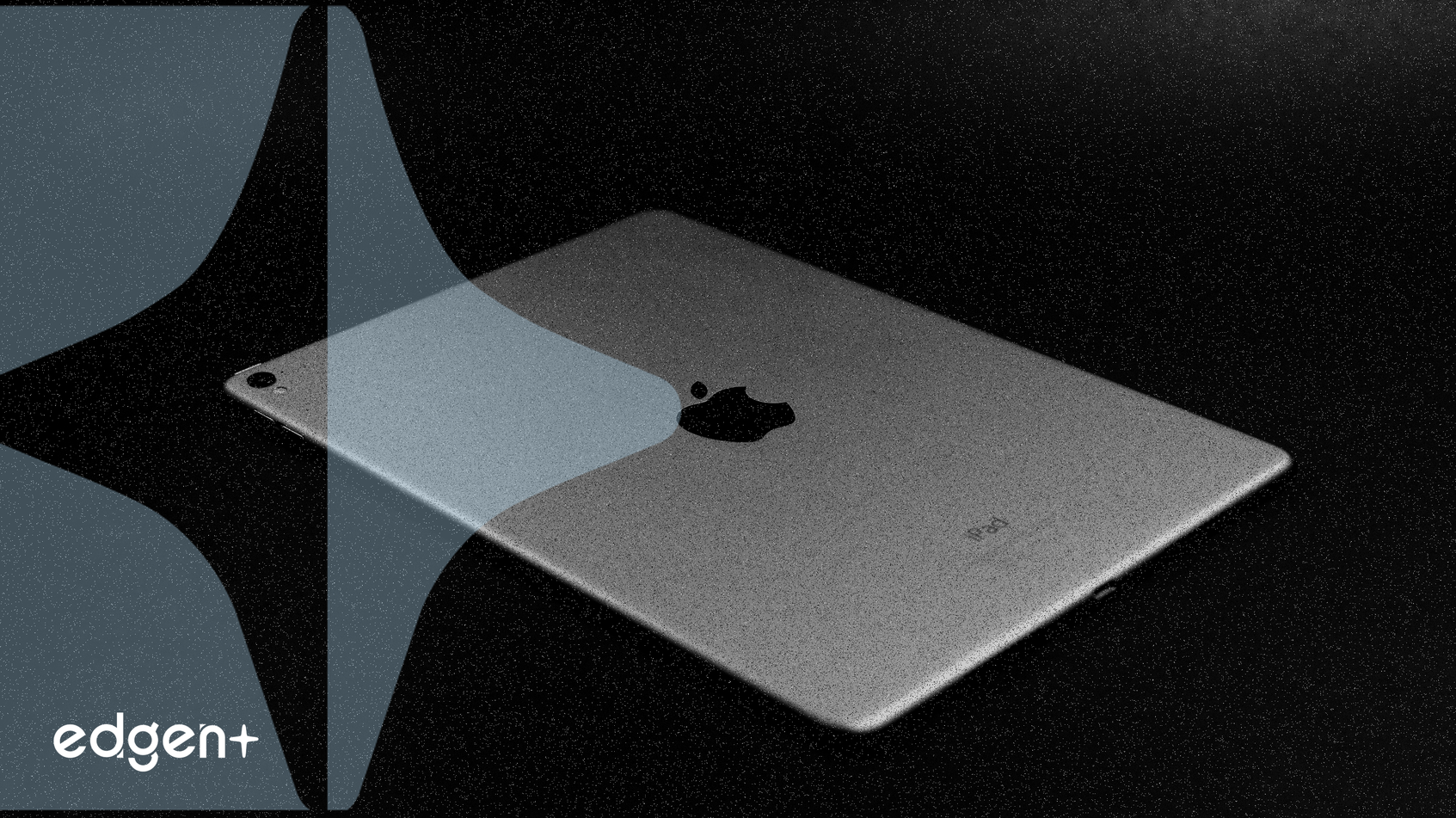The Event in Detail
BOB (Build on Bitcoin) has launched its Bitcoin Vault Liquidation Engine, a new framework enabling Bitcoin (BTC) holders to secure stablecoin loans directly against their native BTC holdings. This system allows collateral to remain on the Bitcoin network, addressing longstanding limitations within decentralized finance (DeFi) related to Bitcoin utilization. The engine is engineered to facilitate open, partial, and atomic liquidations, streamlining a process traditionally characterized by all-or-nothing scenarios and extended settlement durations.
The introduction of partial liquidations and accelerated execution times marks a departure from previous models. Traditional liquidation processes could span days; however, BOB's new mechanism aims to reduce this to under an hour. This efficiency is partly attributed to the concept of atomic settlement, a principle akin to delivery versus payment (DvP) in traditional finance, where assets and cash are exchanged simultaneously. While often associated with instantaneous transactions in crypto, atomic exchange fundamentally reduces counterparty risk by ensuring the exchange occurs as a single, indivisible operation, thereby enhancing security and trust without necessarily implying immediacy.
Market Implications
This development is poised to significantly impact the BTCFi (Bitcoin DeFi) landscape by unlocking substantial dormant Bitcoin liquidity. By transforming BTC into active collateral, BOB aims to integrate the largest and most secure cryptocurrency more deeply into the DeFi ecosystem, potentially making trillions of dollars in Bitcoin liquidity accessible without requiring holders to sell their assets or rely solely on wrapped versions like wBTC. The total value locked (TVL) in BTCFi projects reached $8.6 billion as of mid-2025, with the market capitalization of BTCFi tokens exceeding $1.1 billion.
The ability to use native BTC as collateral for cross-chain stablecoin borrowing expands the utility of Bitcoin beyond its role as a store of value. This aligns with broader DeFi trends such as cross-chain interoperability and the growing institutional adoption of digital assets. Projects like Babylon, which has facilitated the staking of over 44,000 BTC (valued at approximately $5.3 billion) for securing Proof-of-Stake (PoS) networks, demonstrate the increasing demand for protocols that enable Bitcoin holders to earn yield and participate in decentralized ecosystems without relinquishing custody or requiring asset wrapping. Similarly, Solv Protocol, with $2.29 billion in TVL and 19,385 BTC in on-chain reserves, provides tokenized Bitcoin solutions like SolvBTC and xSolvBTC, further illustrating the expanding role of Bitcoin in institutional-grade finance.
Business Strategy & Market Positioning
BOB's strategy emphasizes direct integration with the Bitcoin network, offering a distinct advantage over solutions that rely on wrapped assets such as wBTC. By allowing BTC to remain on its native blockchain, the new engine aims to mitigate risks associated with custodial wrapping solutions and enhance the overall security posture for users. This approach positions BOB as a key player in extending Bitcoin-backed borrowing capabilities, contributing to a more robust and decentralized financial infrastructure.
The initiative seeks to capitalize on the increasing demand for secure and efficient ways to leverage Bitcoin within DeFi. By enabling users to borrow against their BTC without having to move it off the Bitcoin blockchain, BOB is addressing a critical hurdle to broader Bitcoin adoption in decentralized applications. This also represents a strategic move to capture a segment of the market focused on maximizing the utility of Bitcoin while preserving its foundational security properties.
Broader Context
The launch of BOB's Bitcoin Vault Liquidation Engine occurs amidst a rapidly evolving DeFi landscape, which is projected to revolutionize lending, staking, and asset tokenization. The tokenized asset market, encompassing real-world assets (RWAs), is predicted to reach $16 trillion by 2030, with current on-chain RWAs already surpassing $12 billion. While BOB's immediate focus is on native BTC, its contribution to cross-chain interoperability and efficient asset utilization supports the broader trajectory of DeFi.
However, the expansion of DeFi also necessitates a continuous focus on security. The decentralized ecosystem has experienced significant financial losses due to smart contract vulnerabilities, with over $1.42 billion lost across 149 documented incidents in 2024. Common attack vectors include access control vulnerabilities, logic errors, and reentrancy attacks. By introducing a more efficient and potentially secure liquidation mechanism through atomic settlement, BOB's engine contributes to the development of more resilient financial infrastructure within the Web3 space, fostering greater confidence in Bitcoin-backed financial products.
source:[1] BOB Unveils Bitcoin Vault Liquidation Engine to Power BTC-Backed Stablecoin Lending (https://www.coindesk.com/tech/2025/10/28/bob- ...)[2] BOB Launches Bitcoin Vault Liquidation Engine for BTC Loans | Phemex News (https://phemex.com/press/bob-launches-bitcoin ...)[3] BOB Launches Bitcoin Vault Liquidation Engine for BTC-Backed Stablecoin Lending (https://vertexaisearch.cloud.google.com/groun ...)



